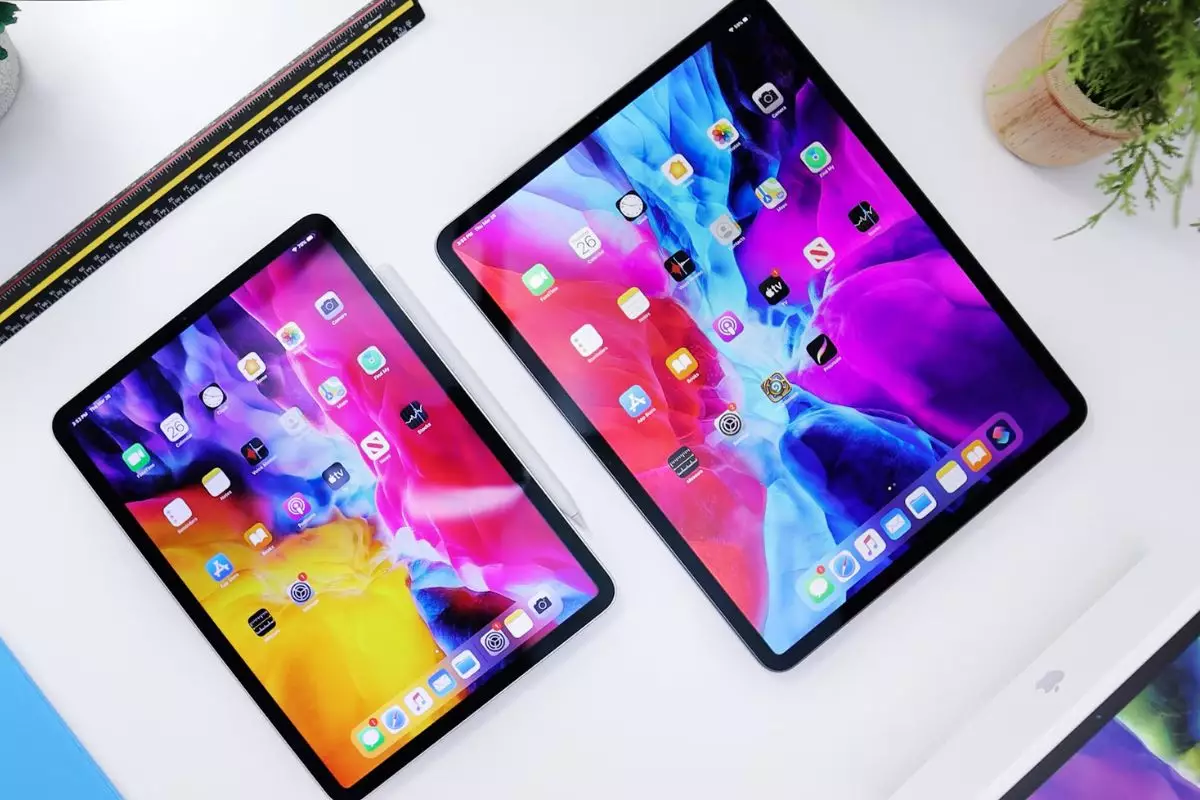Apple is at a critical juncture in its development of iPadOS, as the company grapples with its identity in an increasingly sophisticated tech landscape. After years of being perceived as merely an extension of iOS, the upcoming iPadOS 19 promises a much-needed overhaul that aims to align the iPad closer to its Mac counterparts. With seasoned journalist Mark Gurman revealing intriguing details about the forthcoming updates, it’s evident that Apple is finally responding to user pleas for more robust functionality. This is not just a typical incremental update; it signifies a transformative maturation of the iPad as a legitimate productivity tool, catering to a diverse and demanding user base.
Hardware Outpacing Software: A Common Dilemma
Apple’s decision to upgrade several iPad models to the powerful M4 chipset highlights a disconcerting trend—hardware advancements often outstrip software capabilities. The disparity between the impressive hardware specifications and the stagnant software has frustrated many users, leading to growing calls for enhanced multitasking and productivity features. The existing iPadOS has, for too long, ignored the full potential of Apple’s tablets, confining them to an experience too similar to that of a smartphone. This rigidity has stymied innovation and prevented users from fully utilizing the sleek devices they’ve invested in. The anticipated changes in iPadOS 19 offer a beacon of hope for those who have long awaited a true multitasking powerhouse.
Aligning with macOS: A Strategic Move
By drawing parallels with macOS, iPadOS 19 aims not only to enhance productivity but to redefine user interaction across devices. This transformation signals a shift in Apple’s ethos, suggesting a move towards a more unified experience within its ecosystem. The idea of coherent user interface elements among iPhone, iPad, and Mac is bold, implying that Apple recognizes the importance of seamless integration in today’s digital landscape. Gurman’s insights point to changes designed to bolster user engagement, yet they provoke a crucial debate: will these updates genuinely reflect user needs, or will they serve as a mere façade for Apple’s ambition to dominate the productivity space?
Visual Changes vs. Functional Enhancements
While Gurman has voiced opinions indicating a focus on visual changes rather than substantive features, it’s essential to critique this approach. Aesthetic updates, such as glass effects and streamlined interfaces, are only impactful if they enhance functionality. If Apple chooses style over substance, they risk alienating a customer base that yearns for innovation beyond mere appearance. Users require intuitive solutions that elevate their experience with practical, versatile tools that drive productivity. As such, Apple faces the challenge of striking a balance between visual appeal and robust feature sets.
A Promising Horizon for a Stagnant Platform
With the Worldwide Developers Conference (WWDC) on the horizon, there is palpable excitement about the possibilities surrounding iPadOS 19. Apple’s long history of defying market trends suggests that this update could reshape user expectations and the functionality of the iPad altogether. It’s a compelling time to be an Apple enthusiast, but skepticism remains. Will Apple deliver on these bold promises of productivity enhancements, or is this just another instance where aspirations fail to align with reality? Only time will tell, but the pressure is mounting for Apple to not only meet but exceed their users’ expectations.


Leave a Reply